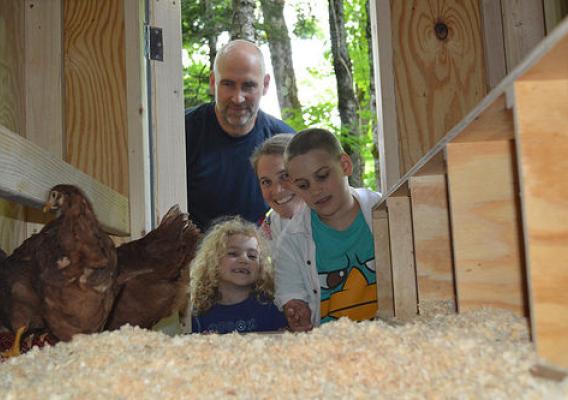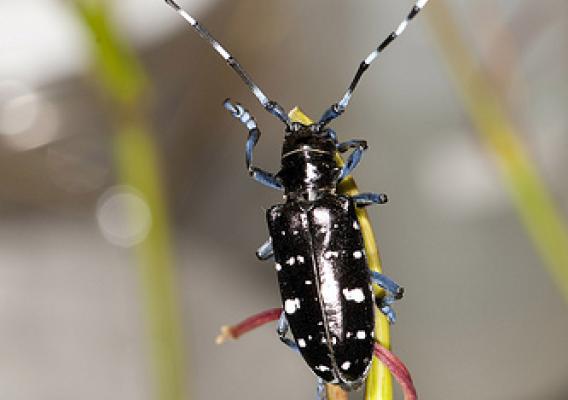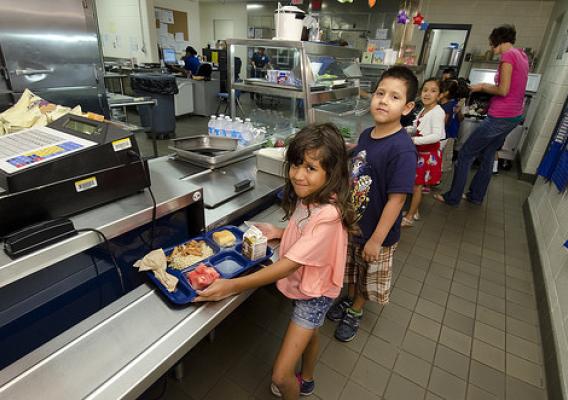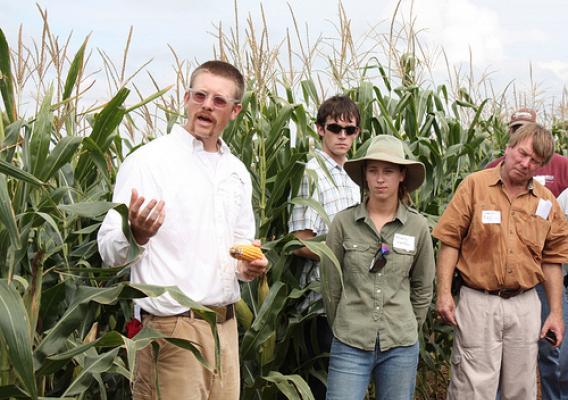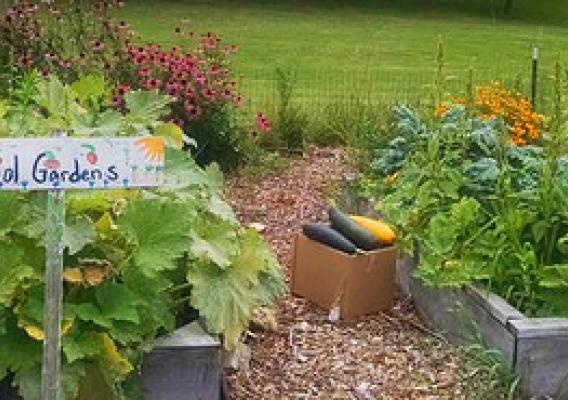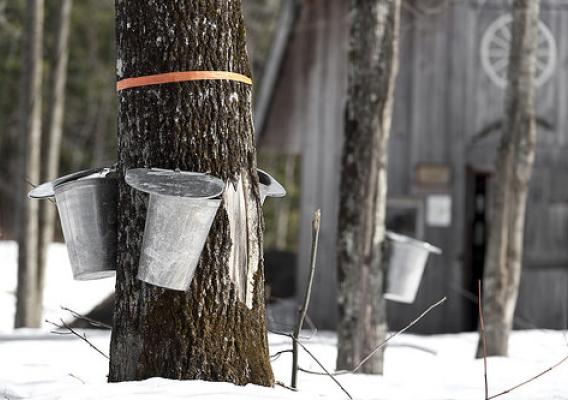When the 1994 land-grant universities began to form there was a hint that something different and special was underway. The new land-grant system would teach in a cultural context that empowered students by drawing on the strength of their peoples’ history, indigenous knowledge, and traditions. There are now 34 tribal land-grant institutions that have made great strides in their ability to serve their communities. The following blogs and publication illustrate the positive outcomes of NIFA-funded research, education, and extension programs in Indian Country.
A sweet camp for native youth
For some Native American children, a well-loved tradition is gathering maple syrup in early spring. USDA’s National Institute of Food and Nutrition provides grants to support a unique camp where reservation youth can experience their cultural traditions while learning plant science. Camp instructors teach the youth about the science of xylem and phloem (the systems of transporting water, minerals, food, etc., throughout a plant) and why the trees produce the sugar sap. Tribal elders explain the cultural and historic significance of maples to the campers. It’s all part of a bigger initiative to promote food security in an area where grocery stores are scarce. Read more.

